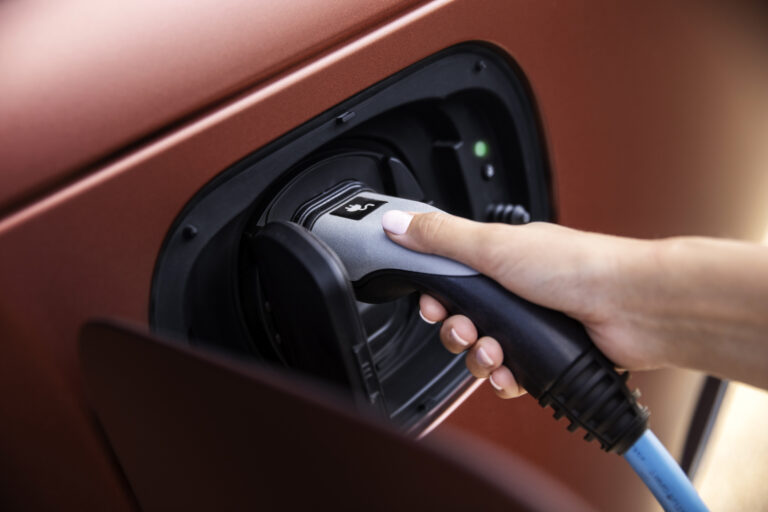Jaguar Land Rover has announced an investment of £15bn (US$18.7bn) into its industrial footprint, vehicle programs, autonomous, artificial intelligence, digital technologies and people skills over the next five-year period, with its Halewood plant transformed into an all-electric production facility. JLR’s next-gen medium-size SUV architecture, the electrified modular architecture (EMA), will now also be pure-electric.
The first of JLR’s next generation medium-size modern SUVs will be an all-electric model under the Range Rover name. The vehicle is scheduled to launch in 2025 and will be constructed at the Halewood site.
While the EMA will now be 100% electric, JLR will retain its flexible modular longitudinal architecture (MLA), which the Range Rover and Range Rover Sport are based on, to ensure it can deliver internal combustion-engined, hybrid and battery electric vehicle variants. This will enable JLR to adapt its vehicle portfolio to meet the requirements of varying markets that are moving at different rates to achieve carbon net zero targets.
The OEM has also revealed that the first of three reimagined luxury Jaguars will be a four-door Grand Tourer built in Solihull, UK, with a power output stated to be more than any vehicle produced by JLR to date and a range of up to 700km. The model will be built on its own unique architecture, named JEA.
JLR’s Engine Manufacturing Centre in Wolverhampton in the UK Midlands – which currently manufactures Ingenium internal combustion engines for the company’s vehicles – will be renamed the Electric Propulsion Manufacturing Centre and will be repurposed to produce electric drive units and battery packs for the OEM’s next generation vehicles.


